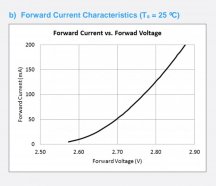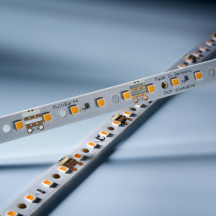No need to worry about voltage. It will be 24.xxV, it will change by a little depending how you adjust the current.I don't really understand.
Resistance is additive in a series circuit. Voltage drops across each resistor (light) and will be completely consumed by the end of a series circuit.
What Tyrone is trying to say is that if you chosed a different way/driver, like strips in series then you would have to worry about the high voltage because they would add up. But fortunately for you you chose the safest way.





